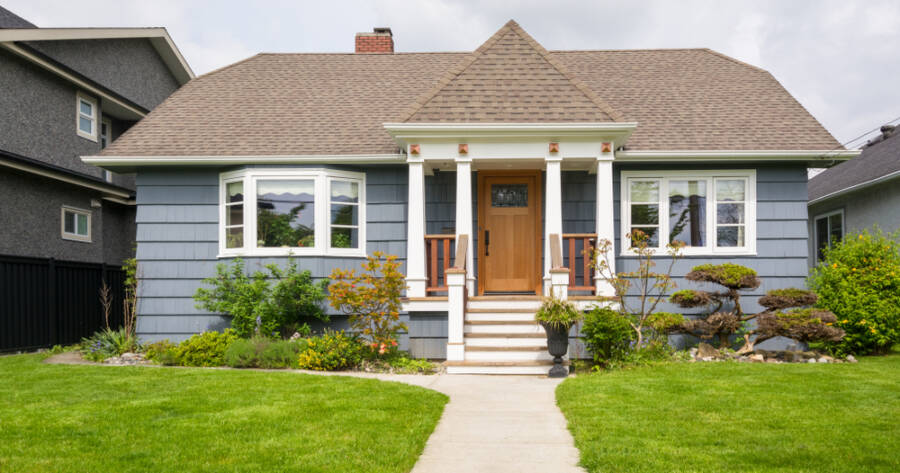Flipping a house—buying a property, renovating it, and selling it for profit—can seem like a dream venture. With the popularity of home renovation shows and success stories flooding social media, it’s easy to believe that flipping is a fast, fun, and foolproof way to make money. But the reality is far more complex. Flipping houses can be profitable, yes, but it also comes with risk, hard work, and a steep learning curve.
Understand the Financial Commitment
One of the biggest misconceptions about house flipping is that you only need money to buy the property. In truth, the costs can quickly add up. You’ll need funds for:
- The purchase price of the home
- Renovations and repairs (often more than you anticipate)
- Holding costs, such as utilities, property taxes, and insurance while you own the home
- Closing costs on both the buying and selling ends
- Real estate agent fees if you use one to sell
It’s also smart to have a contingency budget for unexpected issues—because they almost always arise. Most experts recommend having at least 20–30% more than your projected renovation costs just in case.
Know the Market Inside and Out
Before buying any property, you need a deep understanding of the local real estate market. This includes:
- Average home values and how long homes stay on the market
- Desirable neighborhoods and school districts
- Buyer trends, such as whether buyers prefer open-concept layouts or extra bedrooms
- Price ceilings for the area, so you don’t over-improve the home and lose money
Flipping in a familiar market gives you a distinct advantage. You’ll know what buyers want and how much they’re willing to pay, which will help you make informed renovation decisions.
Pick the Right Property
Not every “cheap” home is a good flip. The best houses for flipping are those that need mostly cosmetic updates, not major structural repairs. Replacing flooring, painting, and updating kitchens and bathrooms are manageable for most flippers. But if the house has foundational issues, water damage, or needs a new roof and HVAC system, the costs can wipe out any potential profit.
Look for homes that:
- Have a solid structure
- Are priced below market value
- Are located in up-and-coming neighborhoods
- Need mainly surface-level improvements
Having the home professionally inspected before purchasing is critical, especially if you’re new to flipping.
Understand Renovation Timelines and Permits
Time is money when flipping houses. The longer you hold the property, the more it costs you in interest, taxes, and utilities. That’s why it’s important to plan your renovation timeline carefully and work with reliable contractors.
You’ll also need to know what renovations require permits in your area. Failing to get the proper approvals can result in fines, delays, or problems when it’s time to sell. Factor in time for inspections and approvals when planning your project.
Prepare for Unexpected Challenges
Even experienced flippers run into surprises: hidden mold, budget overruns, unreliable contractors, or sudden market shifts. It’s important to stay flexible and not panic when things don’t go exactly as planned.
Make sure you:
- Have a detailed plan and timeline
- Work with experienced professionals
- Stay organized with your budget and receipts
- Understand when to cut losses or walk away
Flip with Knowledge, Not Just Optimism
Flipping a house can be a rewarding investment, but it’s not without risk. Success comes from thorough planning, financial discipline, and a deep understanding of your market. Before taking the plunge, educate yourself, build a trusted team, and be ready for the unexpected. With the right preparation, you can turn a fixer-upper into a profitable project—and maybe even your next passion.

